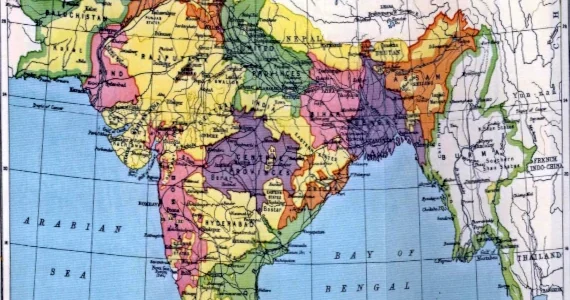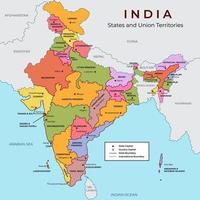History Of Banking In India
History Of Banking In India
The origin of western type commercial Banking in India dates back to the 18th century. The story of banking starts from Bank of Hindustan established in 1770 and it was first bank at Calcutta under European management. It was liquidated in 1830-32.
In 1786 General Bank of India was set up but failed in 1791.
Since Calcutta was the most active trading port in India, mainly due to the trade of the British Empire, it became a banking center. Three Presidency banks were set up under charters from the British East India Company- Bank of Calcutta, Bank of Bombay and the Bank of Madras. These worked as quasi central banks in India for many years.
The Bank of Calcutta established in 1806 immediately became Bank of Bengal later renamed as State Bank of India (S.B.I). This was one of the three banks funded by a presidency government, the other two were the Bank of Bombay and the Bank of Madras. In 1921 these 3 banks merged with each other and Imperial Bank of India got birth. Imperial Bank of India was later renamed in 1955 as the State Bank of India. For many years the presidency banks had acted as quasi-central banks, as did their successors, until the Reserve Bank of India was established in 1935, under the Reserve Bank of India Act, 1934. Thus, State bank of India is the oldest Bank of India.
In 1839, there was a fruitless effort by Indian merchants to establish a Bank called Union Bank. It failed within a decade. Next came Allahabad Bank which was established in 1865 and working even today. The oldest Public Sector Bank in India having branches all over India and serving the customers for the last 145 years is Allahabad Bank. Allahabad bank is also known as one of India’s Oldest Joint Stock Bank. However, the Oldest Joint Stock bank of India was Bank of Upper India established in 1863 and failed in 1913.
The first Bank of India with Limited Liability to be managed by Indian Board was Oudh Commercial Bank. It was established in 1881 at Faizabad. This bank failed in 1958. The first bank purely managed by Indians was Punjab National Bank, established in Lahore in 1895. The Punjab national Bank has not only survived till date but also is one of the largest banks in India.
However, the first Indian commercial bank which was wholly owned and managed by Indians was Central Bank of India which was established in 1911. So, Central Bank of India is called India’s First Truly Swadeshi bank.
From Bank of Hindustan in 1770, the evolution of banking in India can be divided into three different periods as follows:
- Phase I: Early phase of primitive Indian banks to Nationalization of Banks in 1969
- Phase II: From Nationalization of India banks in 1969 up to advent of liberalization and banking reforms in 1991
- Phase III: From Indian Financial and Banking Sector Reforms 1991 onward
In 1960, the State Banks of India was given control of eight state-associated banks under the State Bank of India (Subsidiary Banks) Act, 1959. These are now called its associate banks. In 1969 the Indian government nationalised 14 major private banks. In 1980, 6 more private banks were nationalised. These nationalised banks are the majority of lenders in the Indian economy. They dominate the banking sector because of their large size and widespread networks.
The Indian banking sector is broadly classified into scheduled banks and non-scheduled banks. The scheduled banks are those which are included under the 2nd Schedule of the Reserve Bank of India Act, 1934. The scheduled banks are further classified into: nationalised banks; State Bank of India and its associates; Regional Rural Banks (RRBs); foreign banks; and other Indian private sector banks. The term commercial banks refers to both scheduled and non-scheduled commercial banks which are regulated under the Banking Regulation Act, 1949.
Generally banking in India is fairly mature in terms of supply, product range and reach-even though reach in rural India and to the poor still remains a challenge. The government has developed initiatives to address this through the State Bank of India expanding its branch network and through the National Bank for Agriculture and Rural Development (NABARD) with facilities like microfinance.
Key Terms:
- Banking history milestones ,
- Banking in British India ,
- Banking institutions in India ,
- Colonial banking in India ,
- Early banking in India ,
- Evolution of banking in India ,
- First bank in India ,
- History of banking in India ,
- History of RBI ,
- Indian banking reforms ,
- Indian banking system ,
- Indian commercial banks ,
- Indian financial sector ,
- Modern banking in India ,
- Reserve Bank of India
Disclaimer: The information provided here has been compiled from various sources to the best of our knowledge. While every effort has been made to ensure the accuracy of the details, there may be occasional errors or omissions. If you find any discrepancies or incorrect information, kindly inform us so we can make the necessary corrections. Thank you for your understanding and cooperation.





